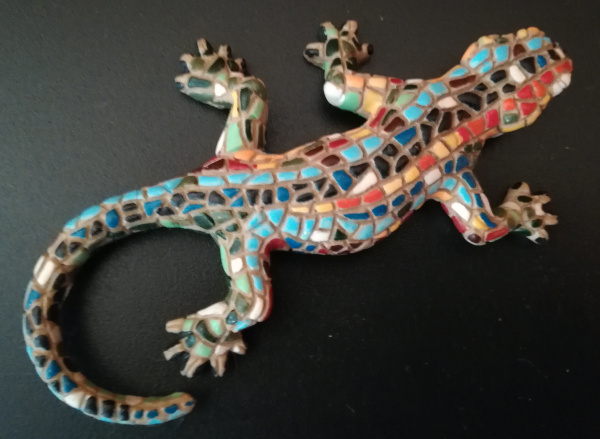Si trova su / Altri legami
© 2021 Author(s).The development of a hollow cathode plasma electron source (HC–PES) facilitated the rapid nucleation and low temperature deposition of thin cobalt films using electron–enhanced atomic layer deposition (EE–ALD). The Co EE–ALD was performed near room temperature (30–60 °C) using sequential exposures of cobalt tricarbonyl nitrosyl and low energy (100–200 eV) electrons. Electron–stimulated desorption of CO and NO surface species creates open sites for precursor adsorption to facilitate the low temperature film growth. The HC–PES displayed high electron currents, rapid ALD cycling, and low susceptibility to chemical interference. Electron steering optics were also used to mitigate the effects of sputtering in the HC–PES. The high electron currents from the HC–PES yielded rapid nucleation of cobalt films in as few as four EE–ALD cycles with Co growth rates over 2 Å/cycle on areas >4 cm2. In high aspect ratio structures, transmission electron microscopy and energy dispersive spectroscopy analyses revealed a 4:1 topographical selectivity in favor of horizontal compared with vertical surfaces. This selectivity was attributed to the directional electron flux from the HC–PES. This topographical area selective deposition suggests that Co EE–ALD may be successful in achieving bottom–up fill of trenches and vias.


